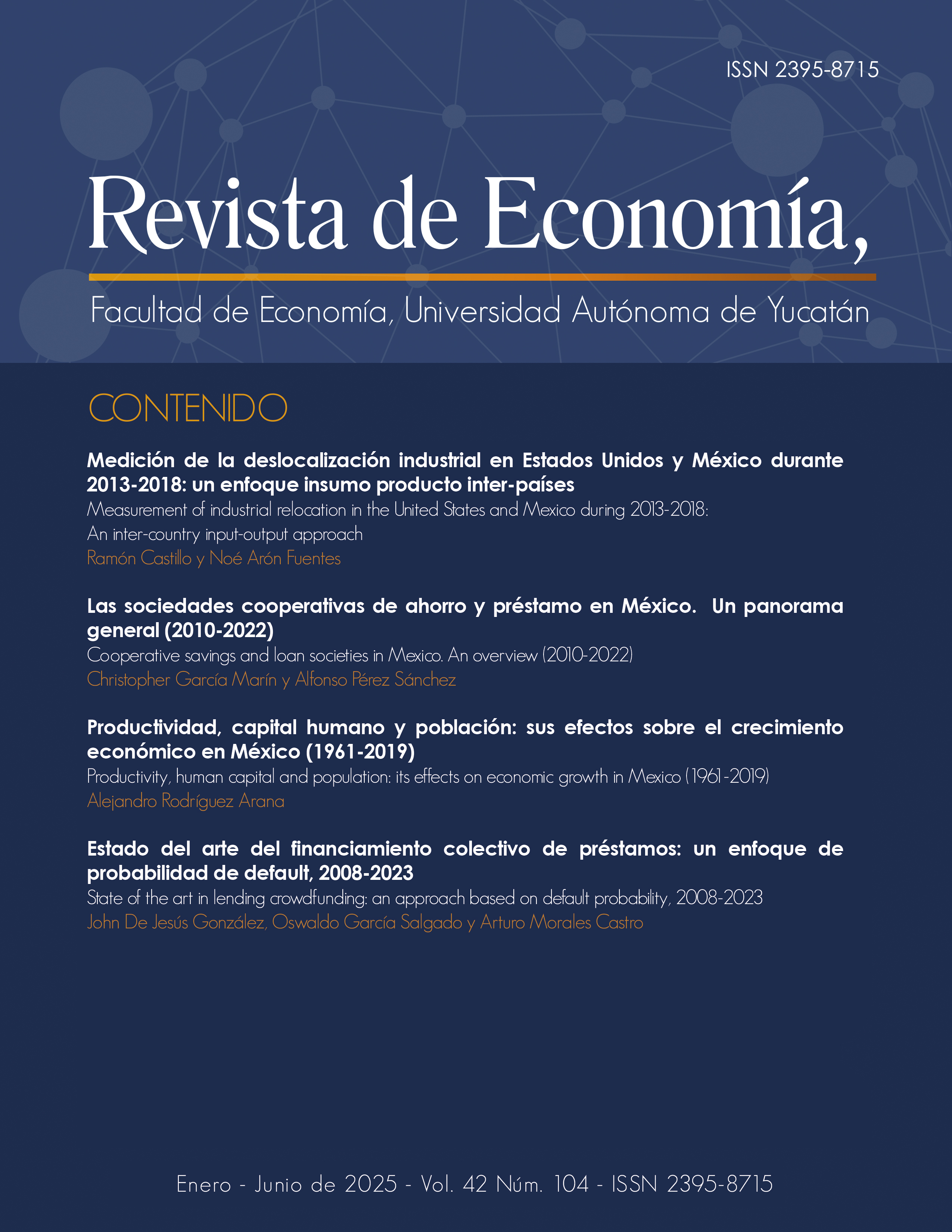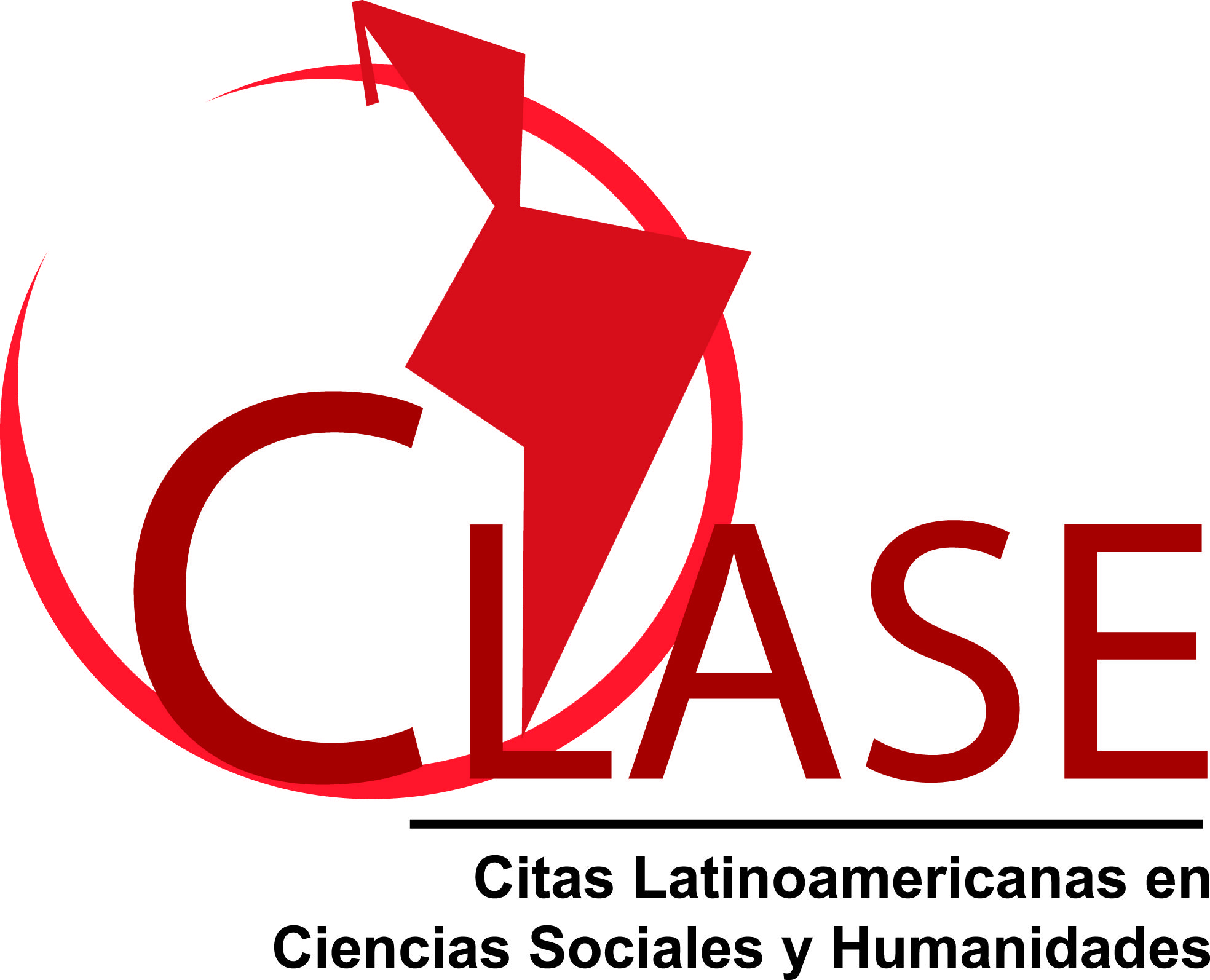Measurement of industrial relocation in the United States and Mexico during 2013-2018: An inter-country input-output approach
Abstract
This text focuses in offshoring metrics in the United States and Mexico during 2013-2018 employing inter-country input-output tables. The measurement is conceived as a process in which productive activities -and not only firms- move to certain economies in the world that enjoy greater comparative advantages to exploit them and withdraw from those others that do not enjoy them. The measurement distinguishes three driving components: 1) intermediate inputs; 2) by final goods; and 3) by the existence of indirect linkages with the intermediate industry of final goods. Empirically, the asymmetric economic impact of offshoring in the United States amounts to some 62 billion dollars and in Mexico it amounts to 1 billion dollars in this period.
Copyright (c) 2024 Journal of Economics, Faculty of Economics, Autonomous University of Yucatan

This work is licensed under a Creative Commons Attribution-NonCommercial-ShareAlike 4.0 International License.
D.R. © Revista de Economía
The conditions that are required when granting the attribution license called CC -BY-NC-SA are the following:
1. The Universidad Autónoma de Yucatán must be clearly identified as the owner of the copyright of the original publication.
2. The material may not be used for commercial purposes.
3. Any derivative work must be published and distributed under the same open access license as the original publication.











